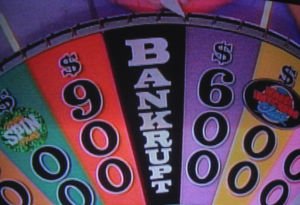
I don’t understand why the lesson of the recent financial meltdown is that “we must return to regulation.” The regulatory infrastructure we have today has been in place since the 1930s New Deal — and before. This infrastructure was supposed to prevent such a meltdown from happening. The federal government guarantees everything. This transformed capitalism from a system in which all financial institutions are privately run — and financially responsible for their mistakes. Deep down, business executives always knew they could appeal to the government if they made foolish decisions that cost untold billions. And that’s exactly what happened. Our mixed economy — neither capitalism nor all-out socialism, since the 1930s — performed exactly as it’s supposed to, in the context of a heavily regulated market. We could basically respond in one of two ways. One way is to acknowledge the experiment in the mixed economy as a failure, refuse to bail out those who counted on the government to rescue them from their mistakes and evasions, and start clean with a private marketplace. It would be painful, but there’s no escaping pain after a mistake of this kind. The other alternative is what’s happening now: To bail out most if not all of the failing institutions; to require American taxpayers to foot the bill; to nationalize and even further regulate what’s left of the industry, where possible; and to remove still more — maybe even most, at this point — of the capital out of capitalism. John McCain and Barack Obama don’t fight over which direction to move in.
Fundamentally, they agree: We need more regulation, more government, and less capitalism. Fine. Will one of them please explain, then, how more of the system that brought us to this point is now to suddenly rescue us?
